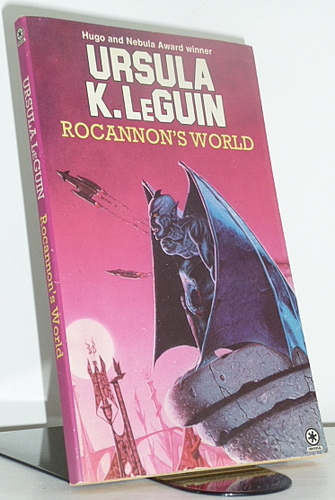Explorer Louis Wu, an Earth-born human who was part of the first expedition to Ringworld, becomes entwined in interplanetary and interspecies intrigue as war, and a powerful new weapon, threaten to tear the Ringworld apart forever.
The main characters of Ringworld are Louis Wu, an earth-born human, Tunesmith, the Ghould protector; Acolyte, the exiled son of Speaker-to-Animals, and Wembleth, a strange Ringworld native with a mysterious past. They all play a role in order to save Ringworld's population, and the stability of Ringworld itself.
Ringworld's Children, the fourth installment in the Ringworld series is a definite improvement from the previous installment. The action was paced out nicely throughout the book and there were only a couple of dull moments.
The novel's plot was largely centered around the Fringe War. All the intelligent species are now aware and interested in the Ringworld and now draw too close and pose risks to the Ringworld star system.
The novel's plot also centers the super-fast hyperdrive and medical nanotechnology. Although these super-technologies are seemingly unrelated, their combination is a key element of the plotline of Ringworld's Children. Nanotechnology is used to build the hyperdrive engine to the ringworld floor, called scrith which allows the entire Ringworld move to destination unknown.
My rating: ★★★★☆ (4 out of 5 stars)






